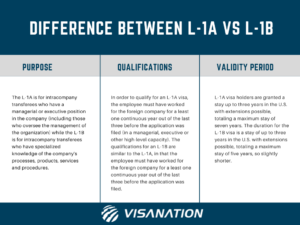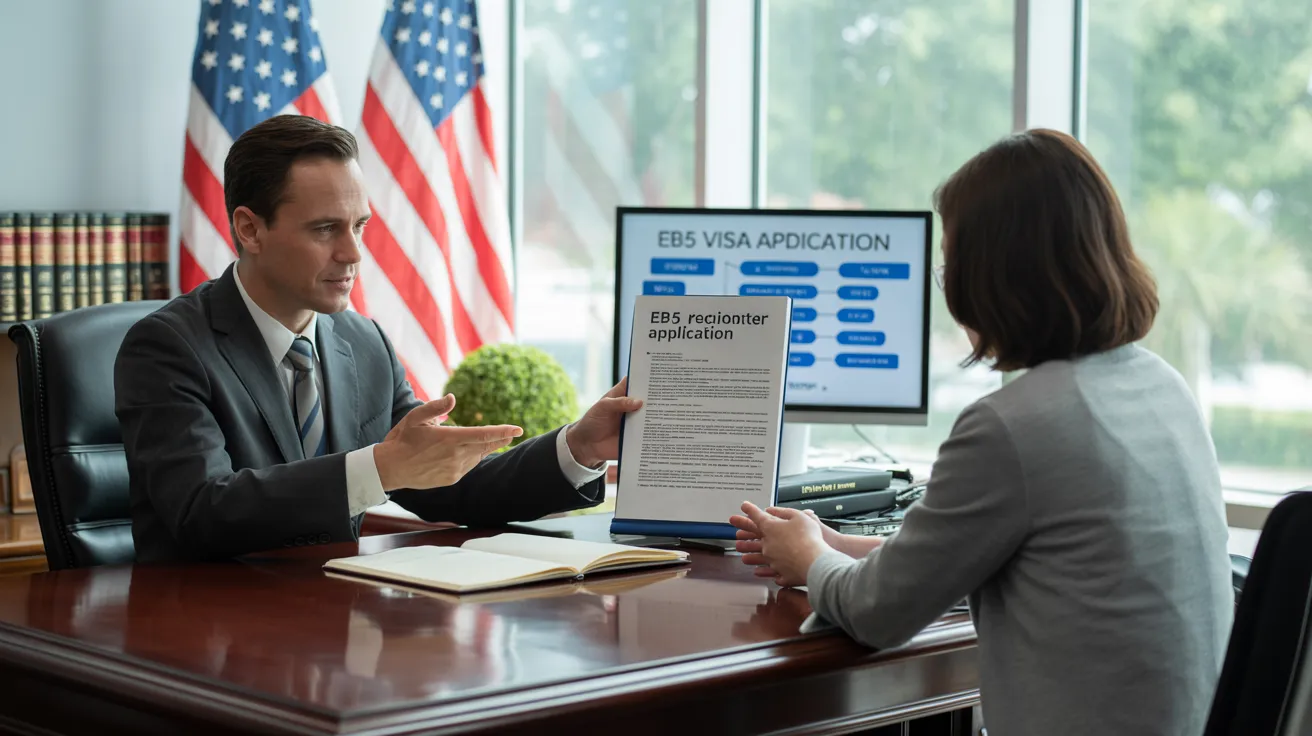L1 Visa Fundamentals Explained
Table of ContentsThe Basic Principles Of L1 Visa L1 Visa for BeginnersThe 8-Minute Rule for L1 VisaL1 Visa for BeginnersSome Of L1 VisaWhat Does L1 Visa Do?
Available from ProQuest Dissertations & Theses Worldwide; Social Scientific Research Costs Collection. (2074816399). (PDF). Congress. (PDF). DHS Workplace of the Inspector General. (PDF). (PDF). "Nonimmigrant Visa Stats". Recovered 2023-03-26. Division of Homeland Protection Workplace of the Assessor General, "Review of Vulnerabilities and Possible Misuses of the L-1 Visa Program," "A Mainframe-Size Visa Technicality".
U.S. Department of State. Retrieved 2023-02-08. Tamen, Joan Fleischer (August 10, 2013).
The Main Principles Of L1 Visa
In order to be qualified for the L-1 visa, the foreign company abroad where the Recipient was used and the United state firm have to have a qualifying connection at the time of the transfer. The different types of certifying partnerships are: 1.
Example 1: Company A is integrated in France and uses the Recipient. Company B is integrated in the U.S. and wishes to petition the Beneficiary. Firm An owns 100% of the shares of Firm B.Company A is the Parent and Firm B is a subsidiary. Therefore there is a certifying connection in between both business and Company B need to be able to sponsor the Recipient.
Firm A possesses 40% of Firm B. The continuing to be 60% is had and regulated by Firm C, which has no connection to Firm A.Since Business A and B do not have a parent-subsidiary partnership, Firm A can not fund the Recipient for L-1.
Business An owns 40% of Company B. The staying 60% is possessed by Business C, which has no relation to Business A. Nonetheless, Business A, by formal agreement, controls and full handles Company B.Since Business An owns less than 50% of Company B but handles and manages the business, there is a certifying parent-subsidiary partnership and Company A can sponsor the Beneficiary for L-1.
About L1 Visa
Associate: An associate is 1 of 2 subsidiaries thar are both possessed and managed by the same moms and dad or individual, or had and managed by the very same team of individuals, in generally the very same proportions. a. Instance 1: Company A is included in Ghana and employs the Beneficiary. Business B is integrated in the united state
Business C, additionally incorporated in Ghana, owns 100% of Business A and 100% of Business B.Therefore, Business A and Business B are "affiliates" or sister companies and a qualifying partnership exists in between both business. Business B should have the ability to fund the Recipient. b. Instance 2: Company A is integrated in the U.S.
Company A is 60% had by Mrs. Smith, 20% had by Mr. Doe, and 20% had by Ms. Brown. Business B is included in Colombia and currently utilizes the Recipient. Firm B is 65% had by Mrs. Smith, 15% possessed by Mr. Doe, and 20% possessed by Ms. Brown. Business A and Firm B are affiliates and have a qualifying connection in two different means: Mrs.
The L-1 visa is an employment-based visa classification developed by Congress in 1970, allowing multinational companies to transfer their supervisors, execs, or essential personnel to their U.S. procedures. It is generally referred to as the intracompany transferee visa. There are two primary kinds of L-1 visas: L-1A and L-1B. These kinds appropriate for staff members hired in different settings within a company.

Additionally, the beneficiary should have operated in a managerial, exec, or specialized worker position for one year within the 3 years preceding the L-1A application in the foreign company. For brand-new workplace applications, international work must have remained in a managerial or executive capacity if the recipient is pertaining to the United States to work as a supervisor or executive.
5 Easy Facts About L1 Visa Explained

If given for a united state firm operational get started for even more than one year, the initial L-1B visa is for approximately three years and can be expanded for an extra two get started years (L1 Visa). Conversely, if the U.S. business is newly established or has actually been operational for much less than one year, the initial L-1B visa is released for one year, with expansions offered in two-year increments
The L-1 visa is an employment-based visa classification established by Congress in 1970, allowing multinational companies to move their managers, execs, or essential personnel to their United state operations. It is commonly referred to as the intracompany transferee visa.
What Does L1 Visa Do?
Additionally, the beneficiary must have operated in a managerial, executive, or specialized employee setting for one year within the three years coming before the L-1A application in the foreign company. For brand-new office applications, international work should have remained in a managerial or executive capability if the beneficiary is coming to the United States to work as a supervisor or executive.
for approximately seven years to manage the operations of the united state associate as an executive or manager. If issued for a united state company that has been functional for more than one year, the L-1A visa is initially provided for approximately three years and can be extended in two-year increments.
If granted for an U.S. firm operational for greater than one year, the first L-1B visa is for as much as 3 years and can be prolonged for an additional two years. On the other hand, if the united state firm is freshly developed or has actually been functional for much less than one year, the first L-1B visa is released for one year, with extensions readily available in two-year get started increments.